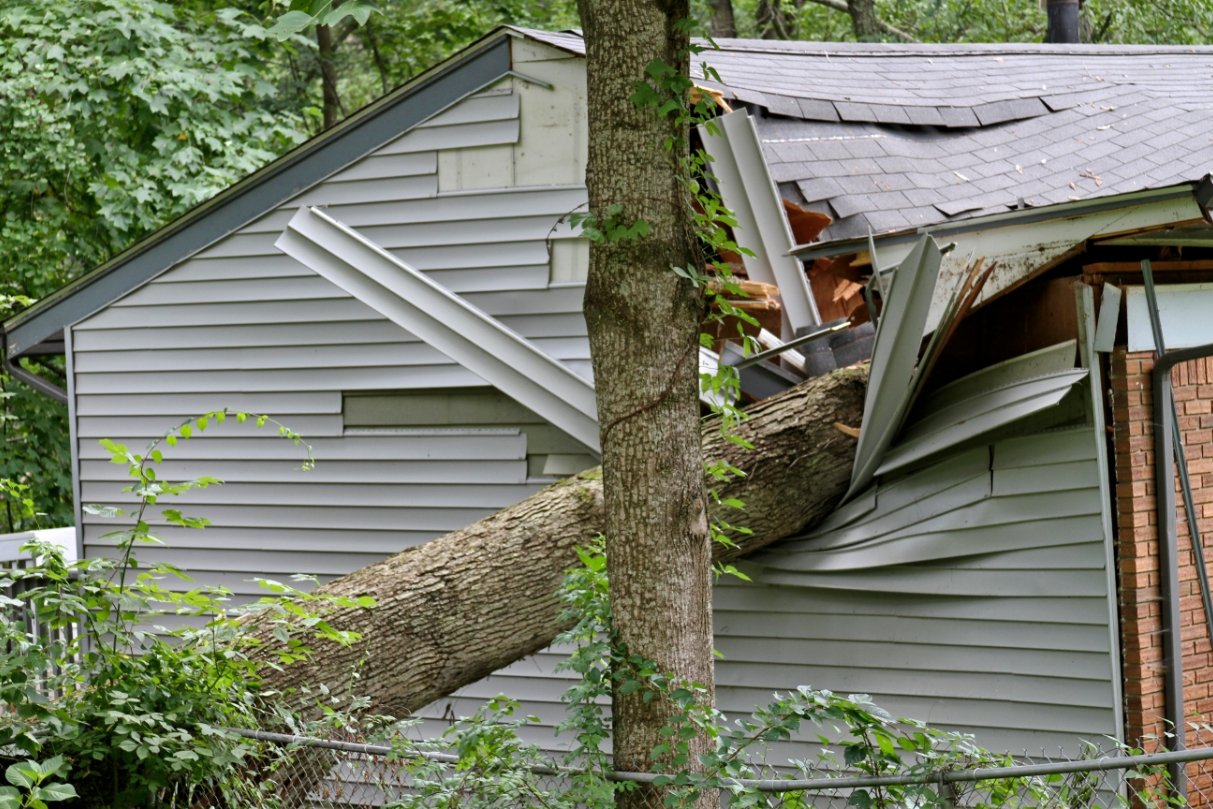Winter Tree Care Dos and Don’ts
A little care through the colder months goes a long way when it comes to the health of your trees. Here’s what you need to know to protect them this winter.
DO:
Prune with a purpose. Trees go dormant during winter making it the best time to prune. It’s best to do it when they’re young to establish a solid structure that will protect against damage in the future.
DON’T:
Over prune. Poor pruning can cause damage that lasts for the lifetime of the tree. Don’t remove any more than 25 percent of foliage during a growing season and if you’re unsure about what or how to prune, always consult a certified arborist.
DO:
Water, water, water. We can’t stress this enough! Moist soil (from regular watering) helps absorb solar radiation and re-radiates heat during the night to protect your trees during freezing weather. New trees should be watered every two weeks and mature trees about once a month or every other month -- 10-15 gallons per inch of the trunk’s diameter should do the trick. (And don’t forget to water slowly so it has time to soak into the ground.)
DON’T:
Pile snow at the base of your trees. Snowbanks that are pushed up against your trees can have large amounts of salt, sand or de-icing chemicals in them. As the snow melts, all these chemicals will leach into the soil and can poison your trees and shrubs.
DO:
Protect your trees. When temperatures drop below freezing, it’s important to provide protection for your most vulnerable trees. We recommend covering with burlap, sheets or tarps that extend to the ground and trap in warmth from the ground. We also suggest using dormant oils to keep your trees healthy and give you a head start on insect management during the spring. They should be applied to deciduous trees (like evergreens) when the temperature stays above freezing for at least 24 hours.
More winter tree care questions? We’re here for it! Give us a call at 913-954-7004 and talk to one of our experts.











